Affiliate links on Android Authority may earn us a commission. Learn more.
Sony in 2019: Playing catch-up
Published onFebruary 16, 2019
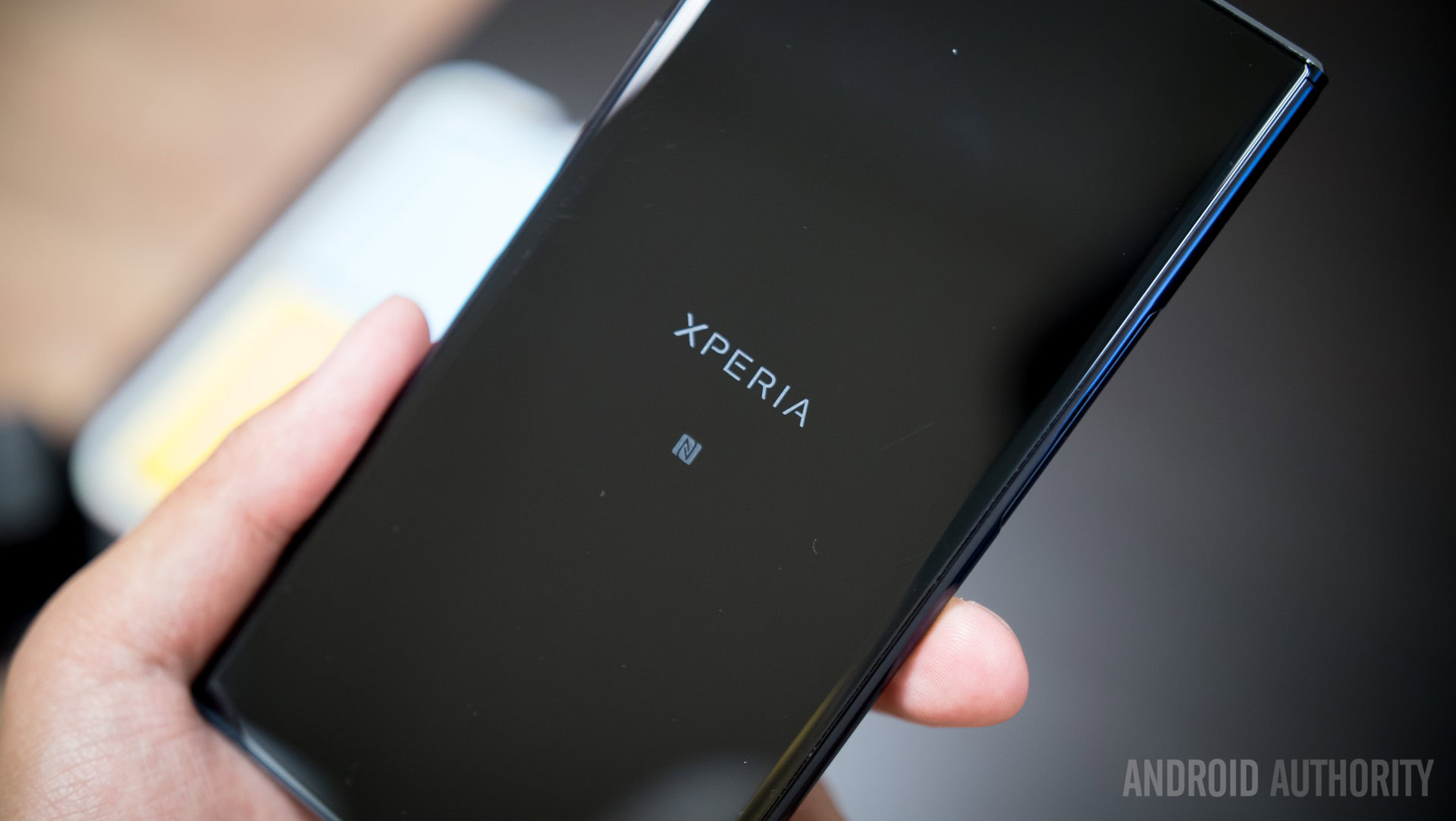
It shouldn’t come as any surprise that Sony unleashed a metric ton of phones onto the market last year, as it isn’t exactly known for its restraint when expanding its mobile portfolio.
Unfortunately for Sony, those same phones also once again failed to capture a wide audience, with the Xperia brand still languishing among the doldrums of the global market share charts.
With a new year comes new opportunities, however. Let’s take a look at Sony’s 2018 in review and see how the Japanese giant can get itself back on track in 2019.
A year to forget
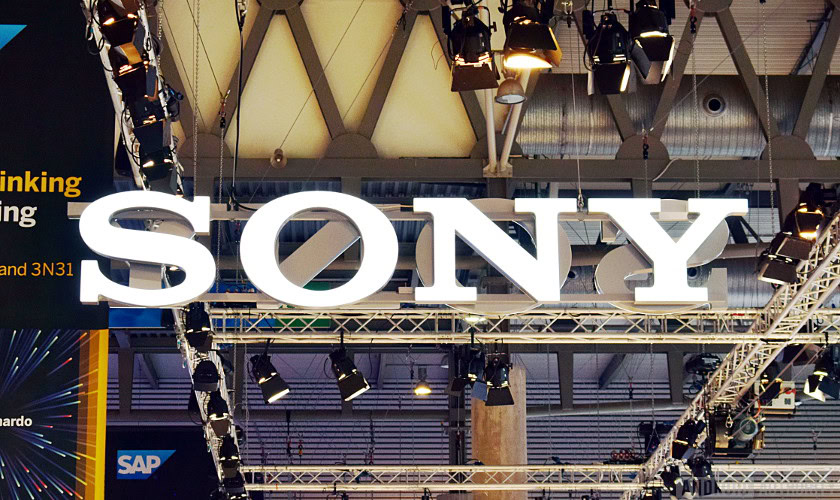
In our Sony in 2018 article we called for change, and 2018 certainly started with a huge adjustment for the storied firm. In February, former PlayStation boss and Ridge Racer fan Kazuo Hirai stepped down as CEO, replaced by the then finance chief Kenichiro Yoshida.
Yoshida, known internally as someone always keen on “imposing discipline and getting the job done,” quietly stuck to Hirai’s promise made just a month earlier that Sony would not be leaving the smartphone business.
The new CEO also delivered on his reputation as a numbers guy, slashing hardware targets across all divisions, citing a move towards digital services as a more reliable revenue stream. Sales of Sony’s TVs, cameras, games consoles, and, of course, smartphones were all predicted to slow down, and slow down they did — and then some.
After losing almost $100 million in Q1 2018, Sony’s mobile division then dropped over $480 million in Q2. In terms of actual handsets, Sony managed to sell just 2 million smartphones in Q2, down 1.4 million year-on-year. A further loss of just over $140 million followed in Q3 2018.
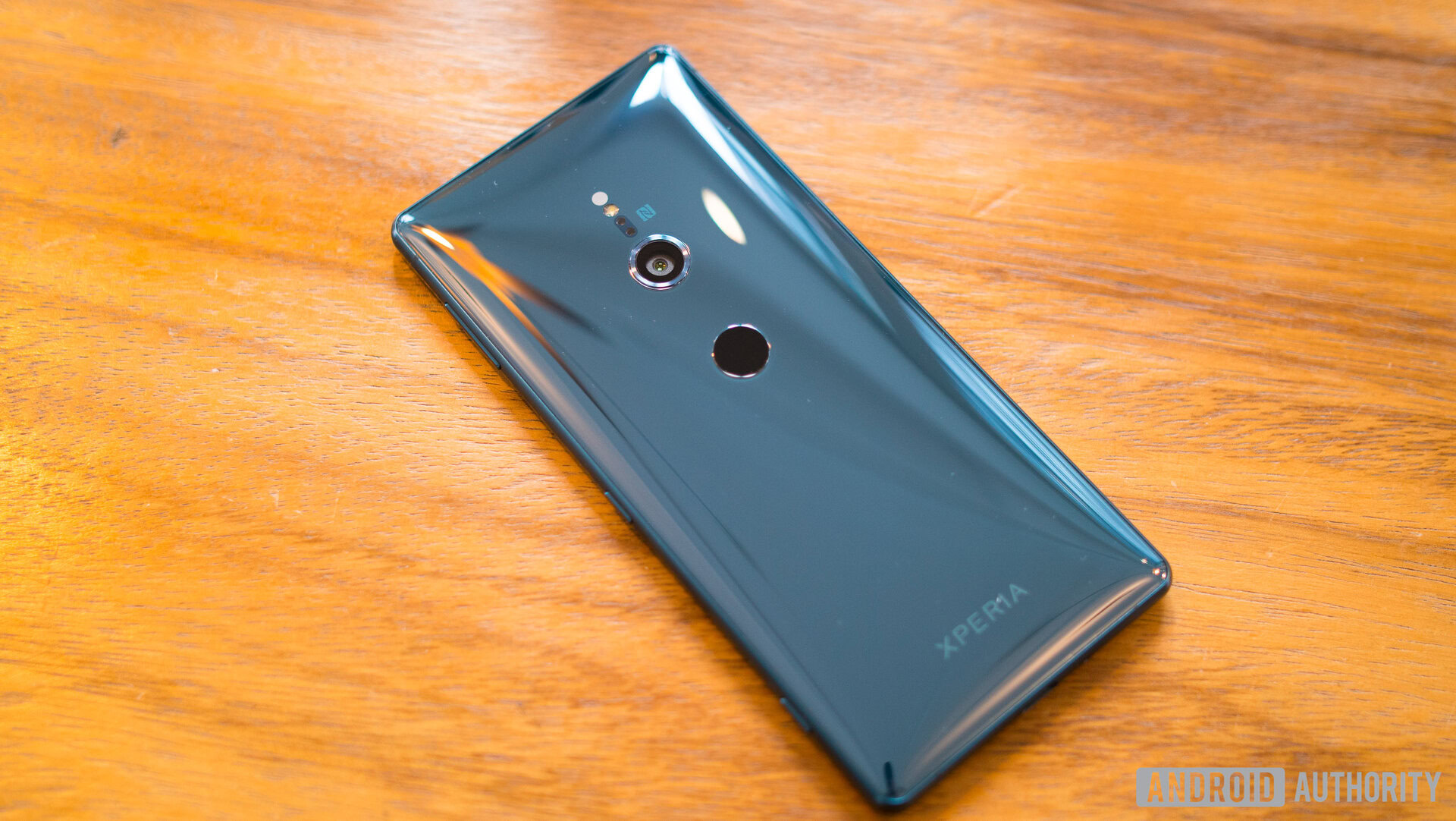
The results prompted Sony to further revise its overall smartphone sales target for the year from 10 million to 9 million.
Reflecting on Sony’s eye-watering decline in the mobile sector, Android Authority’s own Jimmy Westenberg contextualized the company’s new yearly target in a way that perfectly showcased the division’s relative struggles:
“For comparison’s sake, leaked sales numbers point to Samsung “only” selling around 9 million Galaxy S9 units in Q2 2018. That’s just for one quarter, not the whole year, and that’s just one phone.”
Like so many OEMs staring into the sales abyss in the face of growing consumer fatigue towards the smartphone industry as a whole, Sony blamed its slump on a lack of innovation. This was evident in the phones being released too, with Sony failing to jump on the elongated display bandwagon until the launch of the Xperia XZ2 and XZ2 Compact at Mobile World Congress 2018 — a full year after 18:9-style displays hit primetime.
Read more: Sony’s failing smartphone business should come as no surprise
The same company report that cited slow innovation also highlighted its regional issues, with sales in Europe reportedly well behind rival firms. Sony also failed once again to make any headway in emergent markets where Chinese OEMs reign supreme, the U.S. (where the lack of carrier partnerships is still a key concern), or in MEA regions where Sony has hinted it is considering downsizing its operations.
Yet, while the numbers clearly were not on Sony’s side, there were still some bright spots from a product and technological standpoint that could serve the company well in 2019 and beyond.
Glimmers of promise
While it wasn’t exactly the most original or inspiring redesign Sony’s designers are surely capable of producing, the Xperia XZ2 finally saw the brand take steps to at least evolve its tired OmniBalance smartphone template.
Gone were the dumb side-mounted fingerprint sensors and sharp square edges, replaced by a more modern, ergonomic look with a circular rear fingerprint reader, curved corners, and an 18:9 display.
The Xperia XZ3, launched in August, rectified even more long-lasting issues by finally switching display panels from LCD to OLED and stripping back the XZ2’s obscenely chunky top and bottom bezels (though still not enough for my liking).
After a years of outdated designs and crucial feature omissions, Sony has a blueprint to build on for its 2019 phones.
It even added a splash of AI by virtue of being the first phone from any company to hit the market running Android Pie out-of-the-box. It also got bonus points for not adopting any kind of notch, but immediately had them taken away again for not featuring a headphone jack.
The XZ2 Premium even jumped on the multi-camera trend, sporting a dual-lens rear shooter — a first for a Sony flagship.
It was all too little too late for any meaningful success in 2018, though, as consumers had seen it all before. But, after a year or so’s worth of flagships with outdated designs and crucial omissions, Sony at least has a blueprint to build on for its 2019 phones.
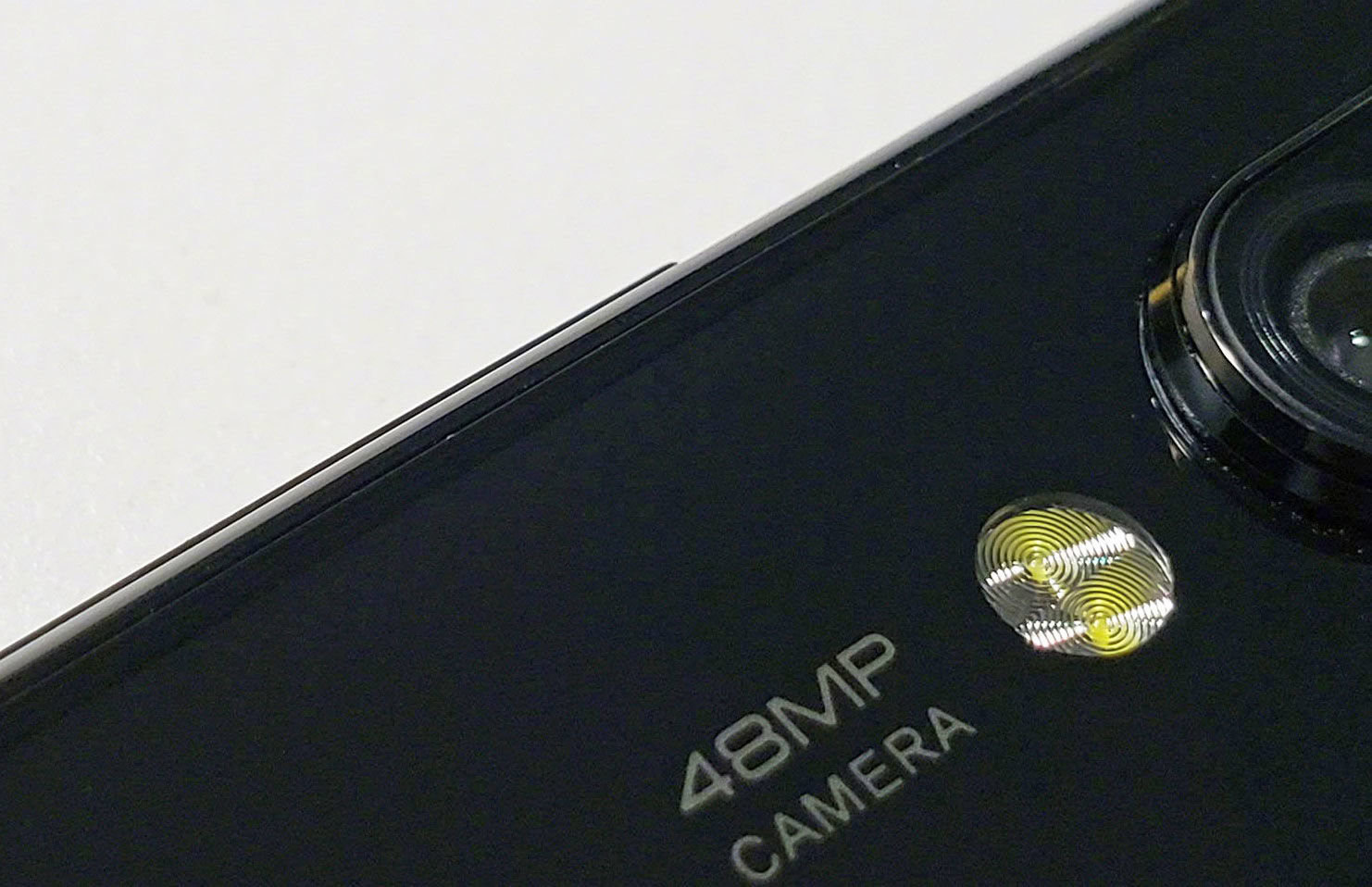
At a more granular level, Sony also has wider technology innovations to fall back on that will continue to find their way into phones that don’t just bear the Xperia name.
This is true none more so than on the camera front. Sony’s 48 megapixel IMX586 sensor is expected to make its way to a bunch of phones throughout 2019, while the company’s recently revealed DepthSense 3D Time of Flight sensor seems to have arrived just in time to jump on a growing trend that will bring improved augmented reality and faster facial recognition to mobile devices.
As noted by Bloomberg, the cooling demand for smartphones across the board will inevitably have a knock-on effect on the sales of mobile-camera chips. Nevertheless, Sony’s components remain a strong backbone for many popular Android phones and, unlike other struggling OEMs like HTC, will continue to keep the company relevant in the sector even if/when its handsets fall flat.
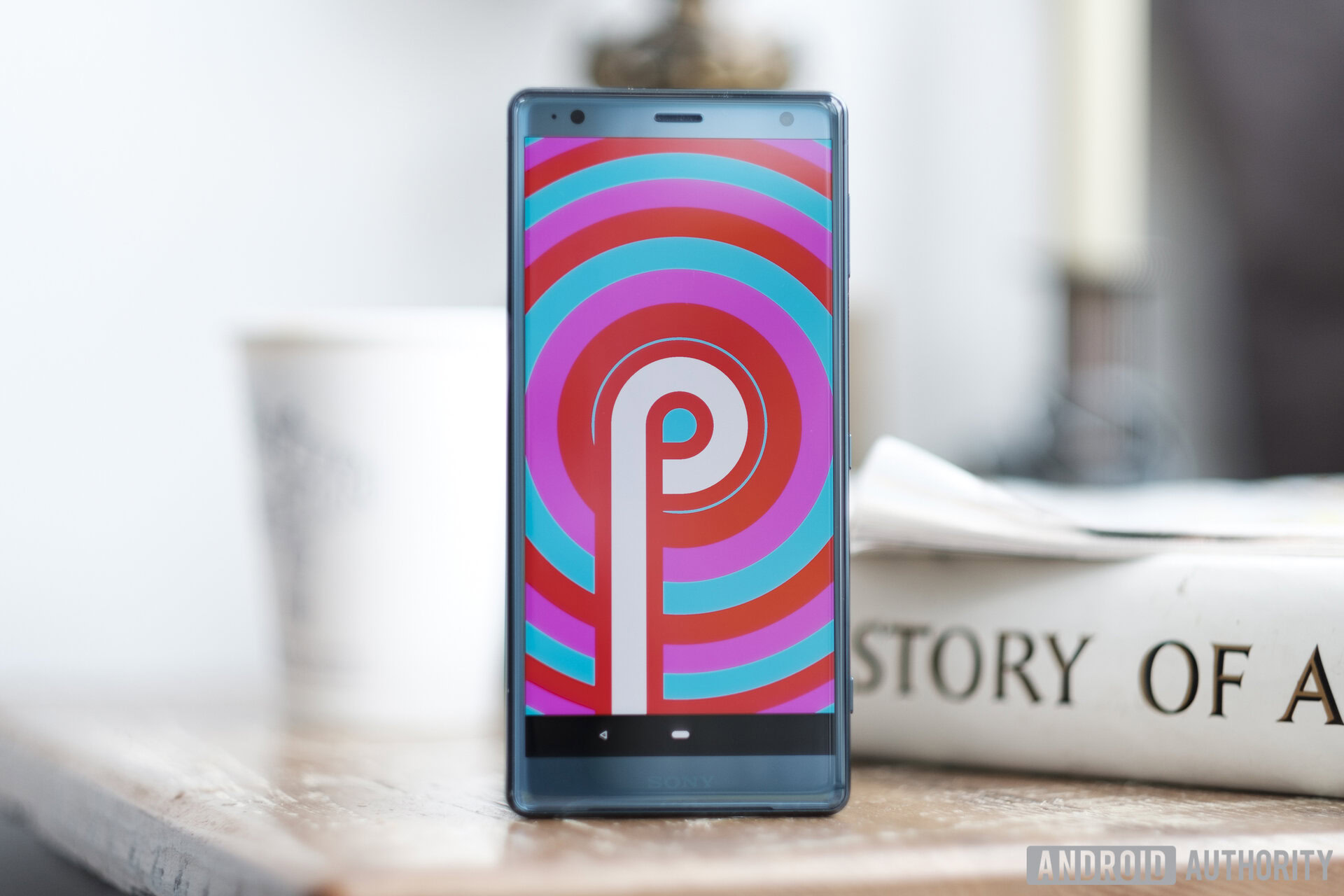
Speaking of Android, Sony has also managed to claw back a fair amount of goodwill with its handling of Android Pie updates. As previously mentioned, the XZ3 was the first phone to launch running Pie and its predecessor, the Xperia XZ2, was among the select group of phones involved in the Android P developer preview. Sony has also been refreshingly upfront about its update roadmap.
Sony is also one of few remaining champions of the Android TV platform, pushing through new features to its Android TV-powered Bravia sets in 2018 and promising further updates in 2019. With Sony-made Google Assistant smart speakers also on store shelves, it’s clear Sony has a strong relationship with the search giant. Perhaps that’s a relationship we could see manifest in a more overt way in Sony’s phones in 2019? We could certainly do with more Android One phones that aren’t just Nokias.
Shifting the paradigm
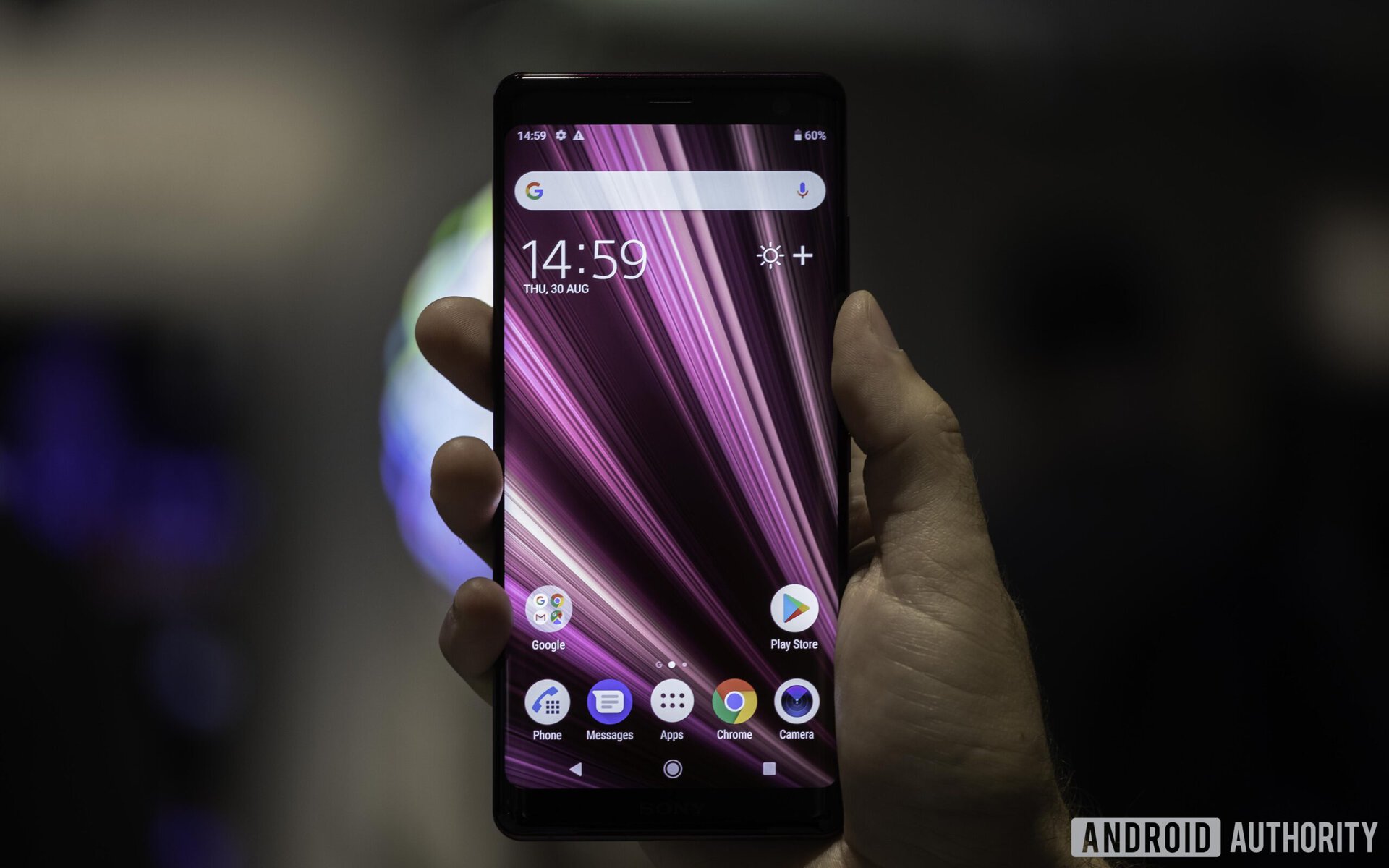
Despite all of the changes, Sony’s Xperia line is still lagging far behind the likes of Samsung, Huawei, and even LG in terms of sales, brand recognition, and product innovation.
The “why” behind those issues is manifold, but there are obvious problems that Sony needs to address immediately to stem the bleeding.
Pricing is a clear concern, with the head honchos at Sony HQ making some downright baffling decisions when picking out a price point for its phones. Not only did we get the XZ2 Premium launching with a totally unjustified $999 asking price, Sony also saddled the latest in its Compact family — the XZ2 Compact — with a $599 price that, when compared to similarly priced, but far more premium offerings from OnePlus and Honor, looked laughable.
Criticism and bewilderment also summarized Sony’s absolutely astonishing choice to slap an outrageous 72,990 rupees. (~$1,062) price tag on the Xperia XZ2 in India — a lucrative region dominated by modestly-priced phones, mostly from Chinese brands.
It’s those same Chinese brands that are outmuscling traditional Android OEMs like Sony in an increasing number of global markets. Put simply, Sony’s choice to sit back and rely on its company’s historically strong brand name to carry it through just can’t compete against China’s ambitious, cash-flush firms.
It doesn’t help that Sony’s mobile brand — Xperia — has been rendered almost meaningless as a result of Sony’s own scattershot product family succession and naming conventions. Can you remember the difference between the Xperia XA2 Ultra and the Xperia XA2 Plus, two phones released in a single calendar year, without looking it up? I couldn’t.
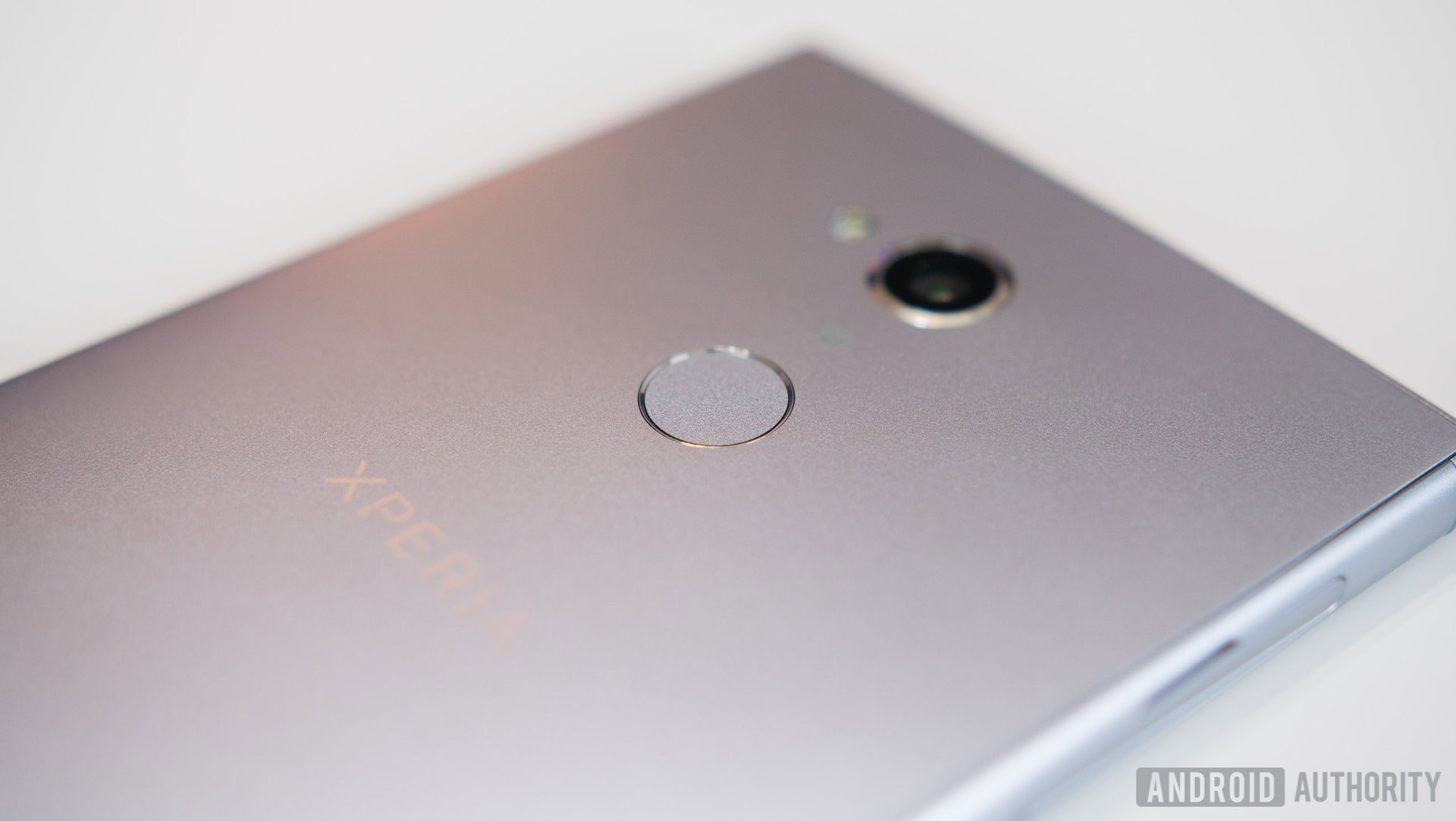
This “alphabet spaghetti” approach to naming phones pales in comparison to the fact that Sony managed to cannibalize interest in its XZ2 Premium flagship by announcing the Xperia XZ3 just a month after the former finally went on sale.
These naming and pricing faux pas, alongside Sony’s general refusal to do marketing for its phones and its tendency to lag behind in design and feature innovation, are all deep seated issues that Sony needs to address to remain relevant in 2019 and beyond.
While some (read: me) would much rather see Sony go for a full-blown rebrand with moonshot concepts like a PlayStation Phone, the more plausible options for Sony are gradual changes to its line-up, including potentially axing its Xperia Compact line.
Sony needs to show intent this year to avoid drifting further into market obscurity.
We’ll get our first taste of Sony’s strategy for 2019 at MWC 2019, where the Xperia XZ4 and Xperia XA3 series’ are expected to debut. The good news is that latter range looks like it’s getting a rebrand to the far simpler, more catchy Xperia 10 moniker, which would be a massive step in the right direction even if the phone(s) so far sounds a little underwhelming.
The real question, however, is if Sony can use these and any other strategy changes to springboard itself back into relevancy.
Sony’s execs have been justifying the firm’s continued presence in the smartphone market on the premise that it’s waiting for the industry’s next “paradigm shift.” The closest we’ve got to that admittedly nebulous scenario are foldable phones and 5G.
Yet, despite big promises in business review strategy, Sony has so far remained relatively quiet on 5G in public (aside from a social media snafu) and completely silent on the prospect of a foldable Xperia phone.
Sony expects its previously discussed attack on Europe, 5G ambitions, and wider technology investments all to pan out by 2020. Unfortunately for Sony, its rivals won’t stand still while it plays catch-up, and with so many other OEMs all pushing hard on 5G and foldable phones with consumer-ready products just around the corner, Sony needs to show intent this year to avoid drifting further into market obscurity.
Do you think Sony has what it takes to make a comeback in 2019? Let us know in the comments and be sure to check out our 2019 preview posts for other manufacturers via the links below.